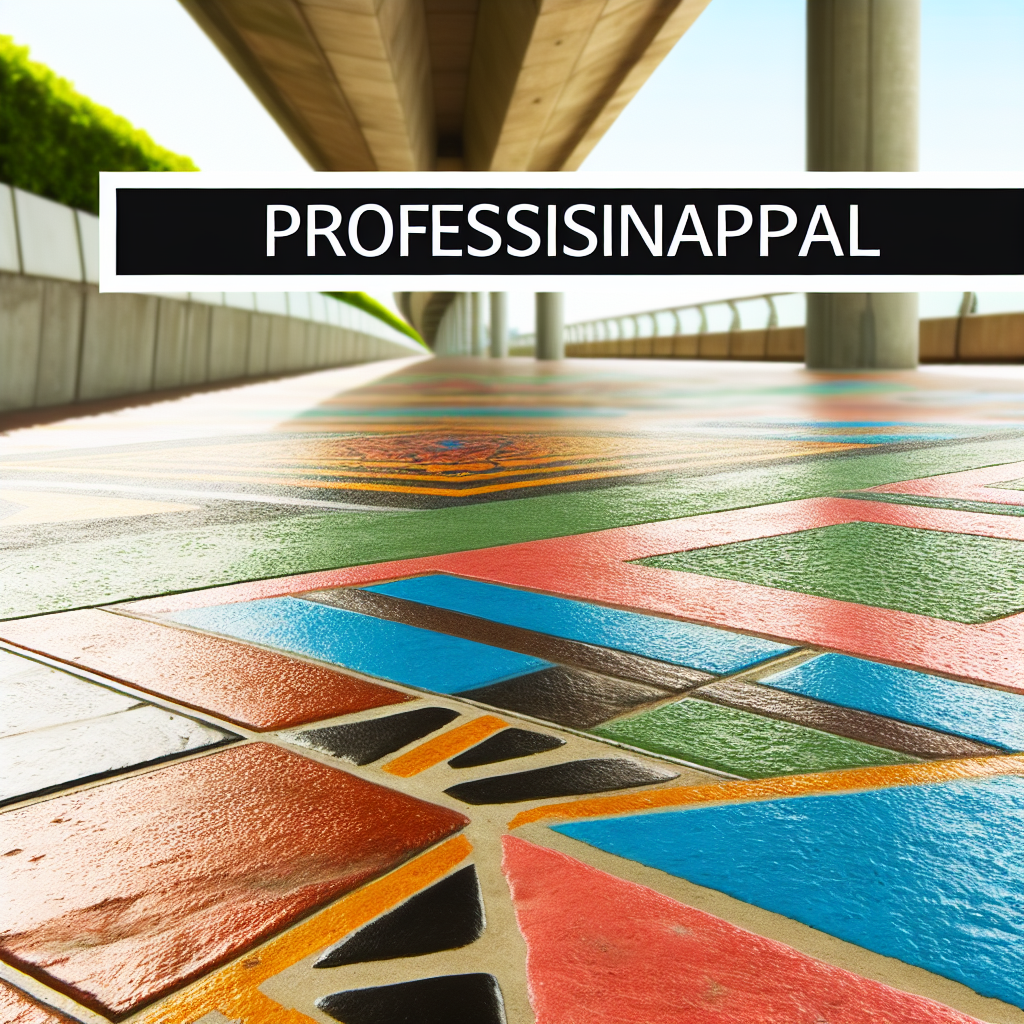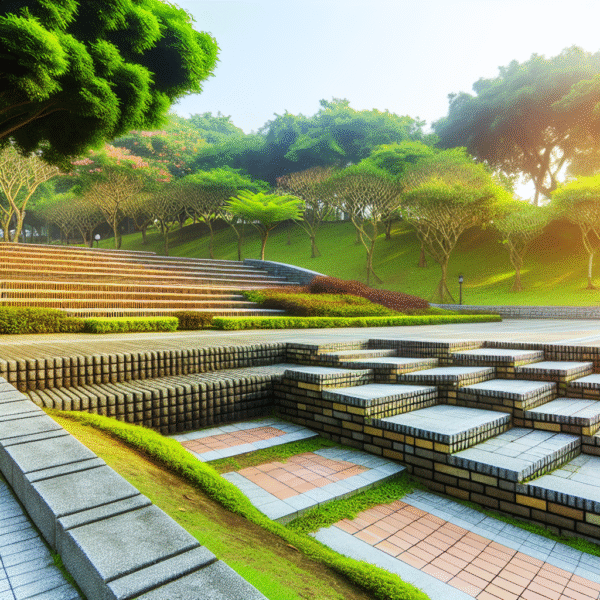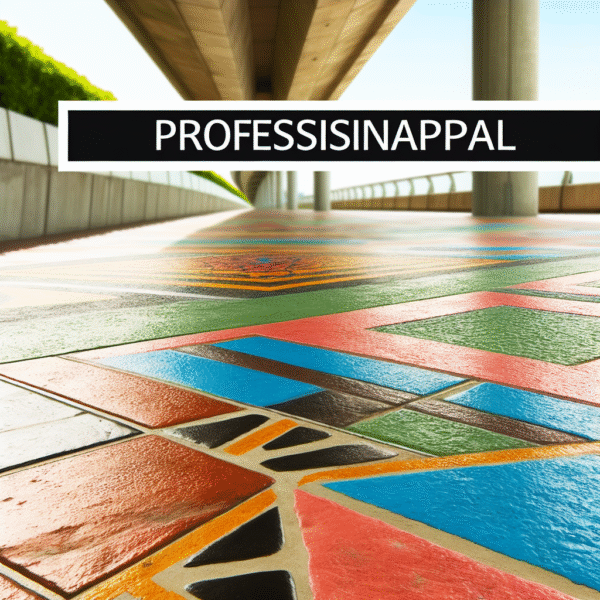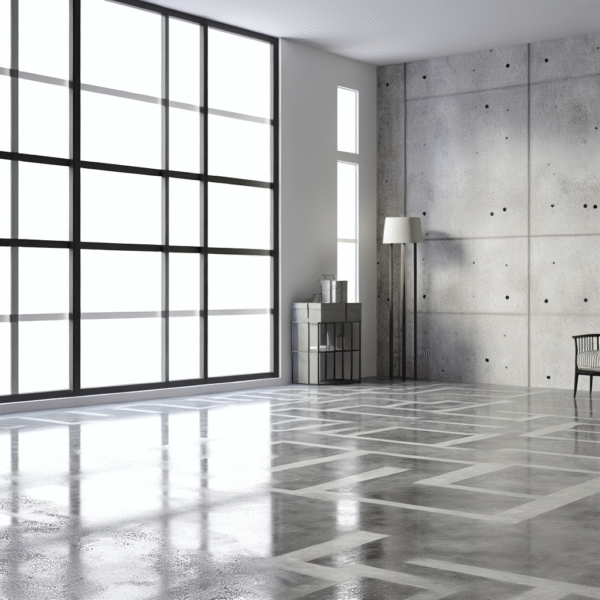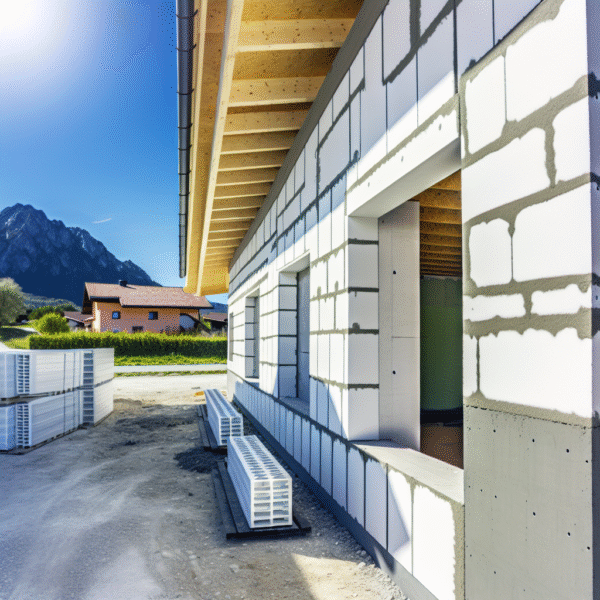Concrete staining techniques offer one of the most creative ways to personalize and enhance outdoor environments. Whether you’re upgrading your backyard patio or admiring decorative streetscapes while traveling, stained concrete adds depth and artistry to spaces that often go unnoticed. Far from being just a functional material, concrete becomes a design element—transforming walkways, plazas, and driveways into vibrant canvases full of local character.
From the sun-drenched paths of Santa Fe to the artisan trails of Asheville, concrete staining techniques are making their mark as both practical and artistic expressions in public and private spaces. By combining durability with creativity, they shape the way communities connect with their environments—making each step a story in itself.
Understanding the Basics of Concrete Staining Techniques
Concrete staining techniques involve applying acid-based or water-based stains to existing concrete surfaces to create rich, lasting color. Acid stains produce earthy tones—browns, greens, and terra cottas—by reacting chemically with components in the concrete. These are perfect for rustic aesthetics. Water-based stains, on the other hand, offer a wider range of vibrant colors and allow for more artistic freedom, ideal for modern, expressive designs.
Unlike paint that sits on the surface, these stains penetrate the concrete and resist peeling and fading—making them great for high-traffic outdoor areas. For example, Portland’s Tom McCall Waterfront Park showcases beautiful stained walkways that endure daily foot traffic while staying visually striking year-round.
When starting a project, proper surface prep is key. Remove any prior sealers, oils, or residues. Once clean and dry, stained areas should always be sealed to lock in color and protect against elements. Even in drier climates like Tucson, skipping sealing can lead to premature fading due to sun exposure.
How Concrete Staining Reflects Local Culture
Some of the most inspiring uses of concrete staining techniques arise when they’re tailored to reflect the local culture. In New Orleans, sidewalks feature swirling designs in ochres and verdant greens—graceful nods to Creole roots. Collaborative efforts between artists and shop owners result in unique storefront paths that invite exploration and conversation.
Santa Fe’s public plazas celebrate regional artistry with geometric stains inspired by Indigenous textiles. Near the Georgia O’Keeffe Museum, muted desert hues form intricate motifs, offering both aesthetic appeal and a lesson in cultural heritage. These projects elevate walkways into interactive urban storytelling.
For tourists, experiences like the “Hidden Patterns of the Plaza” walking tour—offered by local artists—give visitors the chance to explore this craftsmanship first-hand. These behind-the-scenes tours often include demonstrations where participants can test simple staining methods for themselves.
DIY Tips for Residential Concrete Staining Projects
Looking to bring creativity home? Thankfully, many concrete staining techniques are DIY-friendly with the right tools and planning. First, thoroughly clean your concrete surface—no oils, paints, or adhesives should remain. A pressure washer followed by a degreaser is often enough for driveway or patio preparation.
Test the stain on a small patch to check absorption and final color. Local home improvement stores in cities like Denver and Sacramento carry DIY kits, including everything from protective gear to stencils. Use painter’s tape or premade stencils to personalize your patterns. A popular local trick in Eugene, Oregon: press real leaves onto the surface to produce organic, forestry-inspired prints.
Apply using a sprayer, roller, or sponge based on your texture goals. Acid stains require neutralizing after application, while water-based stains allow easier cleanup. Always finish with a concrete sealer—especially essential in rainy areas like Seattle—to protect against moisture and maintain color.
Top Cities Showcasing Artistic Concrete
Cities across the U.S. are showcasing concrete staining techniques as public art—making travel more colorful and immersive. In Asheville, North Carolina, art-themed sidewalks feature custom-stained paths that guide visitors through the downtown Art District. Don’t miss the Asheville Urban Trail, where stained plaques, murals, and bronze sculptures blend into an engaging historical exploration.
In San Antonio, Texas, the River Walk is home to pathways adorned with nature-influenced stained designs—some inspired by aquatic life and Indigenous patterns. These eco-friendly installations combine cultural storytelling with water-conscious pavement strategies. Local Segway tours offer a fun way to spot these details and learn their backstories.
In Boulder, Colorado, family workshops at Valmont City Park invite residents to create their own stepping-stone art. Nature-themed designs echo mountain landscapes, pine leaves, and sunbursts—turning everyday walkways into community galleries where creativity literally takes root.
Trending Innovations in Concrete Staining Techniques
Recent innovations are redefining concrete staining techniques for the modern era. UV-resistant formulas now allow for brighter colors and lasting results—even in sun-soaked cities like Phoenix and Palm Springs. Stenciling approaches have advanced from basic borders to laser-cut templates capable of producing mural-quality designs across sidewalks and vertical signage.
One exciting movement is “storytelling concrete”—large installations that use stained concrete to communicate regional anecdotes. Tacoma’s Tollefson Plaza, for example, features a sprawling stained map showcasing Puget Sound and Indigenous trade paths. These public art projects double as learning experiences, funded by civic arts programs and local tourism initiatives.
Sustainability is also driving changes. Permeable stamped surfaces now support both stormwater drainage and visual appeal. Cities like Ann Arbor and Portland successfully use stained pathways in parks and gardens, showing how design and environmental consciousness can work hand-in-hand.
Concrete Staining: Inspiring Design Underfoot
Concrete staining techniques have evolved into a fully realized design strategy—bridging practical function with cultural storytelling and artistic inspiration. Whether you’re renovating your patio, exploring city art trails, or embracing sustainable landscaping, stained concrete offers a unique and enduring medium to express creativity.
From mountainous trails in Boulder to maritime maps in Tacoma, these thoughtful applications are transforming how we interact with outdoor spaces. Every sidewalk, plaza, or patio holds potential to reflect individuality, honor history, or enhance natural elements—all through color and pattern.
So next time you find yourself walking through a city or planning a home upgrade, don’t overlook what’s underfoot. With knowledge of concrete staining techniques in hand, even the most ordinary concrete slab becomes an open canvas waiting to be explored.
